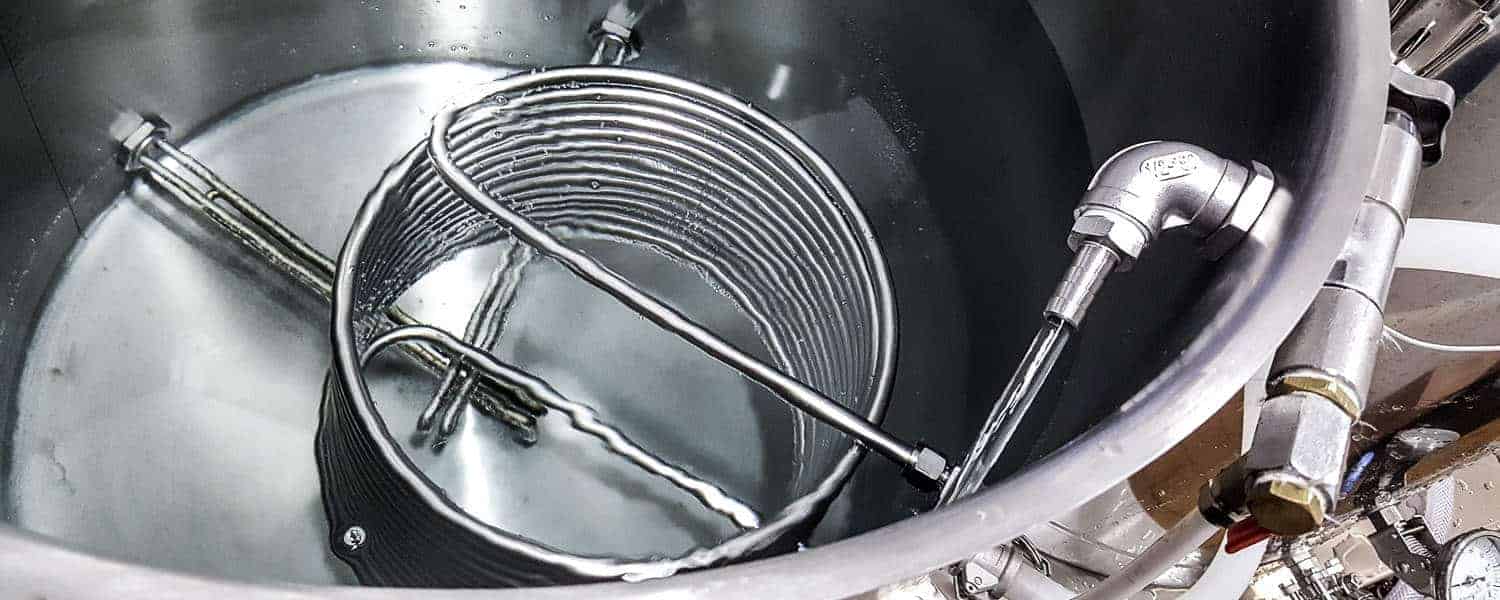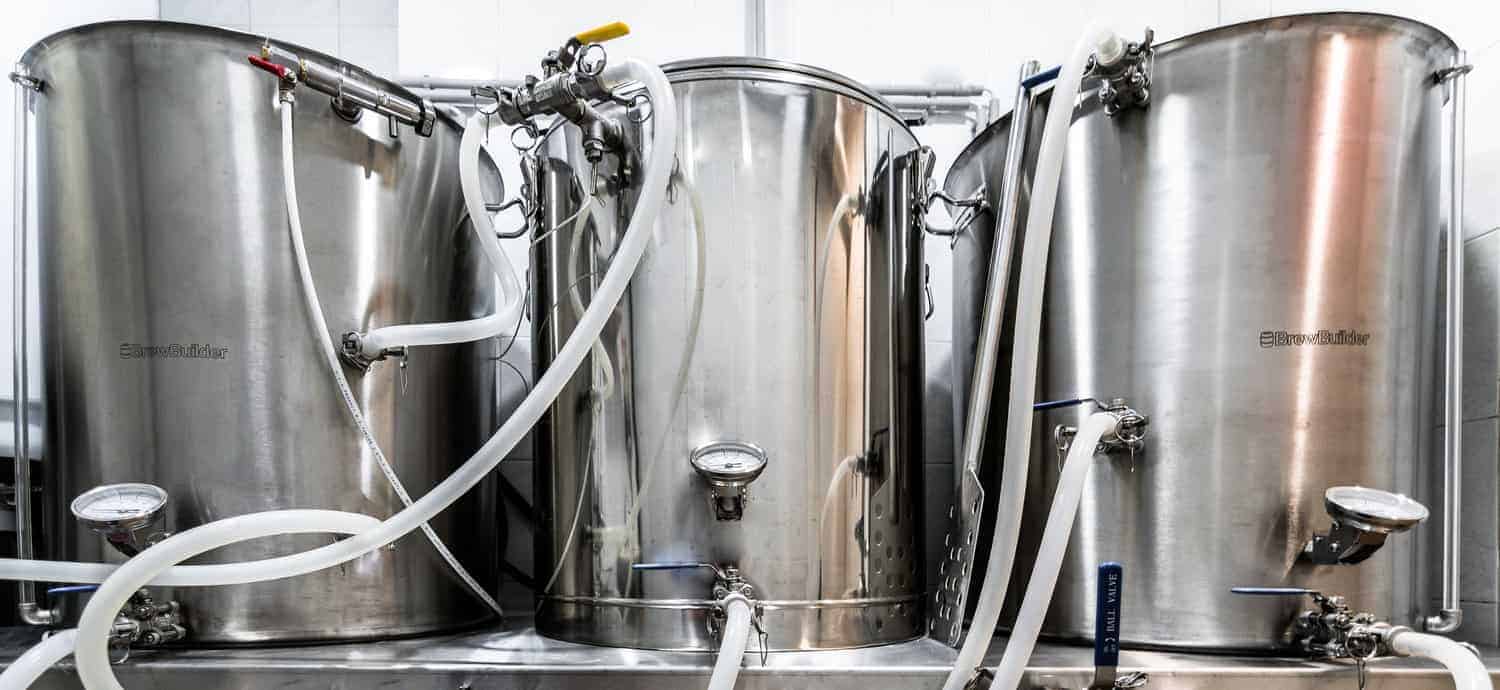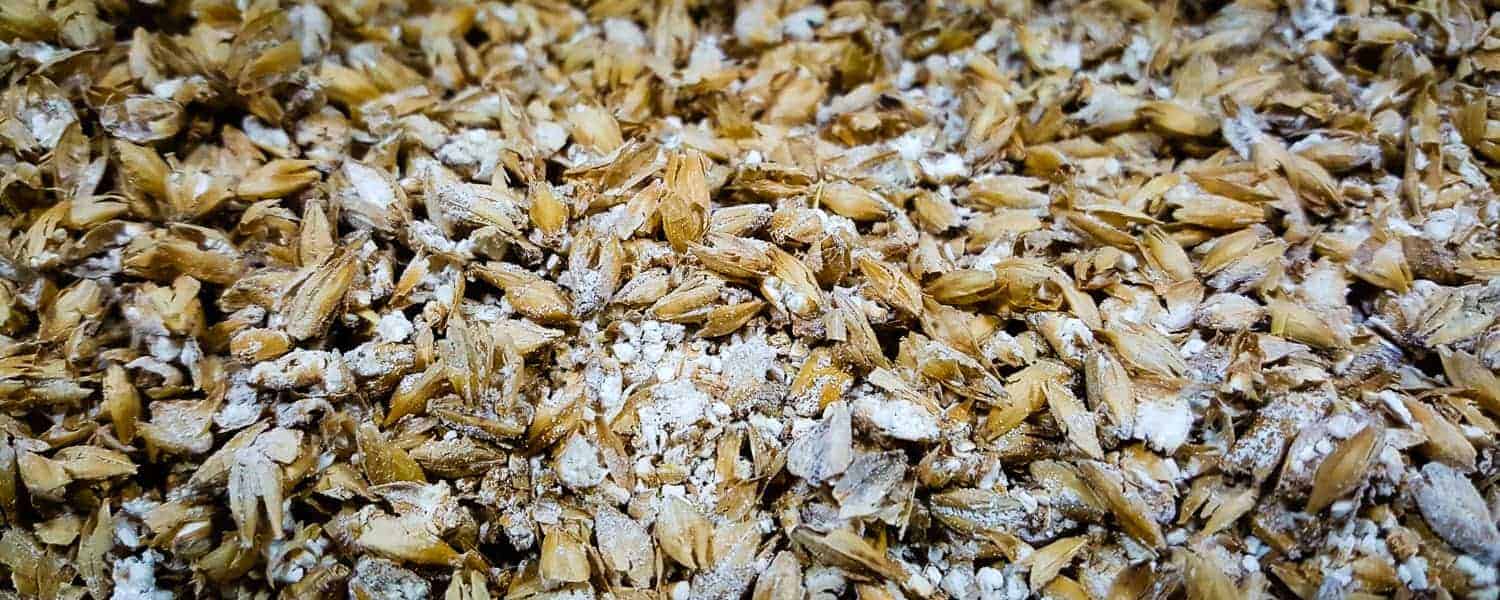Beer is mostly water, and water is far from constant. If you’ve ever drunk iodine-purified water in the wilderness, or a smoked beer that smells like a hospital, you already know the importance of starting with good water.
In Budapest, our water filters through an extremely limestone-rich aquifer before reaching our pipes; all that calcium carbonate is great for thermal baths, but it makes for very “hard” brewing water with a lot of dissolved mineral content. For this reason, we have two water supplies at Gravity: a normal tap, and a reverse osmosis filtration system which provides us with 150L per hour of thoroughly de-ionised water.
The tap supply is great for beers with a high proportion of acidic malt, like our triple scotch ale and stouts, but it still requires some care. Municipal water is purified with chlorine and chloramine compounds, which bind to smoked malt in particular to produce chlorophenols, imparting an unmistakable medicinal aroma to the finished beer. For that reason, every drop of water that enters our tanks goes through an active carbon filter to remove chlorine and other contaminants.
Not all our beers have enough dark-roasted, acidic malt in them to handle our tap water, so the lighter-coloured styles depend heavily on our reverse osmosis filtration. This beast of a system pumps municipal water at very high pressure across a membrane with pores small enough to strip out the electrolyte ions and deliver highly purified water into our hot liquor tank.
Once we’ve achieved the correct balance of tap and de-ionised water, we need to adjust it to the specific profile of our beer. Something as simple as the pH of our wort can throw off our malt extraction efficiency, causing a lower eventual ABV and generally mucking up the rest of the recipe, while individual ion concentrations are critical to the perceived mouthfeel of the final product. Acid, specially-treated malts, and salt additions allow us to regulate all these factors to end up with consistent, delicious results.
Next week we’ll be getting into the core of our brew day: the mash. Come back to see how we convert all our carefully prepared grains and water into sweet, delicious food for our yeast!



